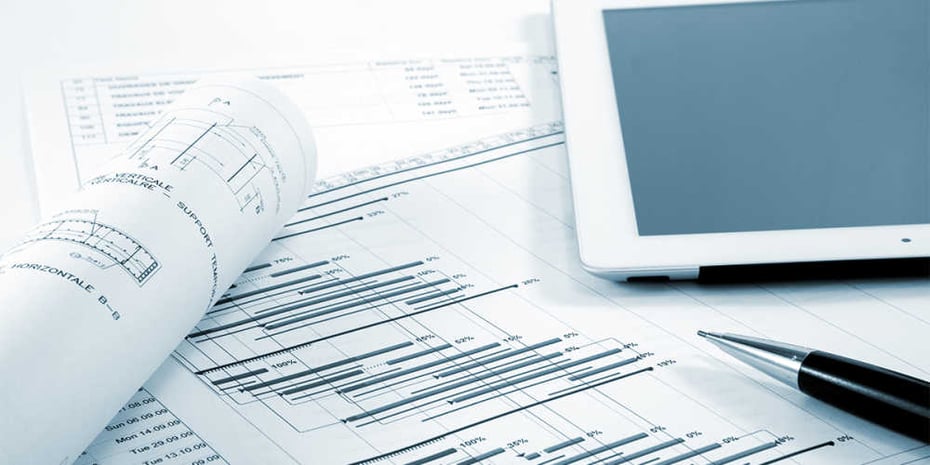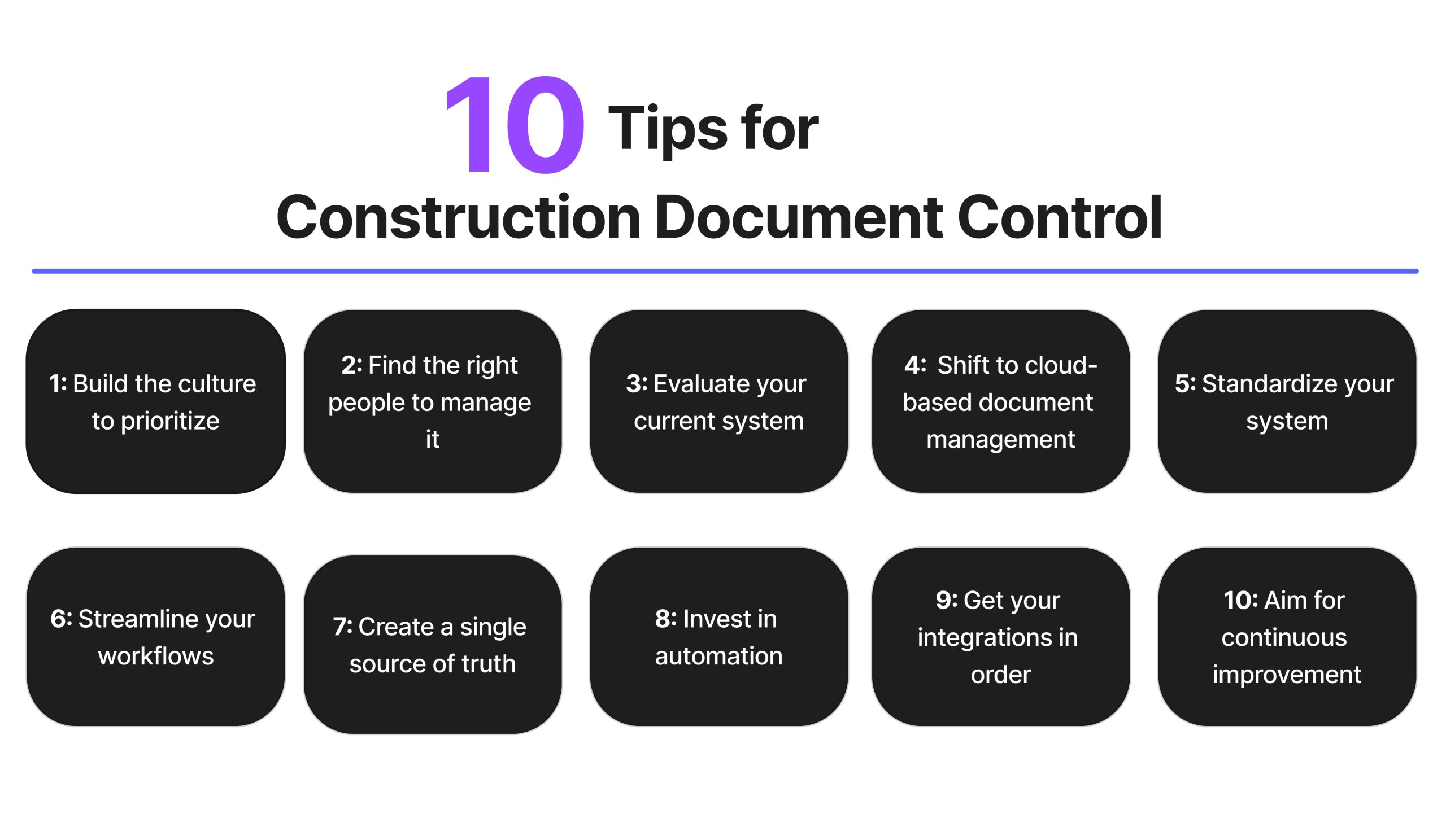From Turmoil to Control: Utilizing the Possible of Construction Document Management
From Turmoil to Control: Utilizing the Possible of Construction Document Management
Blog Article
Enhancing Workflow Efficiency: Designer's Expert Approaches for Building And Construction Record Administration
In the world of architectural design and building and construction, the precise administration of documents stands as a foundation for job success. These approaches not only ensure smooth job progression yet also hold the essential to unlocking enhanced performance and accuracy in the complex realm of construction document administration.
Secret Record Organization Strategies
When taking care of building and construction records, one of the key strategies that engineers employ is establishing a efficient and systematic organization system. This system usually includes categorizing papers based on their kind, such as drawings, specifications, agreements, and permits. By creating clear and distinctive groups, designers can quickly locate details details when needed, conserving time and reducing mistakes in the building process.
Within each classification, designers additionally organize files by making use of or producing subfolders numbering systems to denote versions or revisions (construction document management). This ordered framework guarantees that one of the most relevant and existing information is quickly obtainable while preserving a document of adjustments made throughout the project timeline
Moreover, architects commonly utilize digital file management systems that use functions like keyword search features, variation control, and gain access to constraints to enhance company and collaboration amongst task stakeholders. These devices simplify the paper access process, advertise real-time updates, and facilitate smooth communication, eventually adding to the general success of the building job.
Collaborative System Assimilation
To maximize paper administration performance in construction projects, engineers flawlessly integrate collaborative systems to improve interaction and improve sychronisation among project stakeholders. By leveraging joint systems such as task monitoring software application, cloud-based storage systems, and interaction tools, designers can produce a central center for all project-related documents and communication networks. These systems enable employee to gain access to, testimonial, and work together on documents in real-time, reducing hold-ups and the danger of errors connected with standard paper monitoring approaches.
Collaborative platform assimilation additionally cultivates transparency and responsibility within the task group, as all stakeholders have exposure into the most recent job updates and revisions. By centralizing communication and paper sharing, engineers can guarantee that all team participants are functioning from one of the most up-to-date details, lessening the possibilities of disputes or misconceptions arising due to obsolete papers.
Moreover, collaborative systems make it possible for seamless partnership in between engineers, professionals, customers, and other project stakeholders, advertising a much more natural and efficient project operations. By damaging down interaction obstacles and promoting information exchange, engineers can drive productivity and innovation in building jobs, ultimately bring about effective task results.
Version Control Best Practices
Executing effective variation control techniques is critical for maintaining file accuracy and consistency in building and construction tasks. By establishing a clear system for handling modifications, task teams can make certain that everyone is working from one of the most up-to-date paperwork, decreasing the danger of mistakes and discrepancies during the construction phase.
Among the vital finest practices for version control is to designate unique identifiers to every record variation. This can be achieved by utilizing a numbering system or day stamp that view clearly suggests the order of modifications. By clearly identifying each version, employee can conveniently track the progression of the record and determine one of the most recent version.

Automation Devices for Efficiency

File control software, like Procore or PlanGrid, systematizes task documents, making it easily available to all stakeholders. These platforms permit real-time cooperation, variation control, and automated back-ups, guarding versus information loss. In Addition, Structure Details Modeling (BIM) software automates the generation of building and construction illustrations and makes certain that modifications are synchronized throughout all relevant records.
Integrating automation tools with cloud storage services even more enhances availability and safety. By automating the file administration procedure, project groups can concentrate their effort and time on value-adding tasks, ultimately improving performance and project results.
Secure Information Monitoring Solutions
Efficiently taking care of and securing task data is extremely important in the building industry to make certain privacy and stability throughout the project lifecycle. Building resource firms can use encrypted cloud try this website storage space solutions to firmly share and store project files with authorized employees.
Furthermore, utilizing digital legal rights management (DRM) tools adds an extra layer of security by stopping the unauthorized circulation or duplication of project papers. Regular data back-ups are important to minimize the threat of data loss due to unforeseen scenarios like equipment failings or cyber-attacks. Joint systems with integrated protection functions allow seamless communication and file sharing among job staff member while keeping information honesty.
Verdict
To conclude, implementing key file company methods, incorporating collective platforms, exercising version control ideal practices, making use of automation tools, and adopting safe and secure information monitoring services are important approaches for improving workflow effectiveness in building and construction document administration. These expert approaches can streamline procedures, boost communication, ensure accuracy, and keep data safety and security throughout the construction task lifecycle.
In the realm of building design and construction, the thorough administration of records stands as a keystone for task success. These approaches not just ensure smooth project development but likewise hold the vital to unlocking boosted efficiency and accuracy in the detailed world of construction file management.
To maximize file administration performance in building jobs, designers effortlessly incorporate joint platforms to boost communication and streamline sychronisation among task stakeholders. These platforms permit team members to accessibility, evaluation, and team up on records in real-time, reducing hold-ups and the risk of mistakes associated with standard file monitoring techniques.
Making use of automation tools in building and construction document administration significantly improves efficiency and improves processes for job groups. construction document management.
Report this page